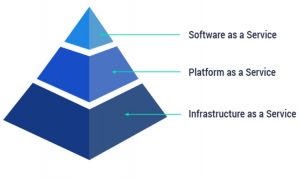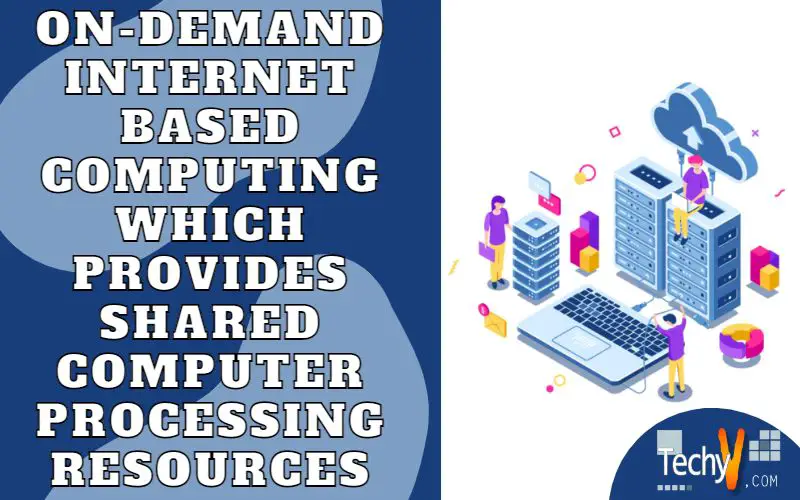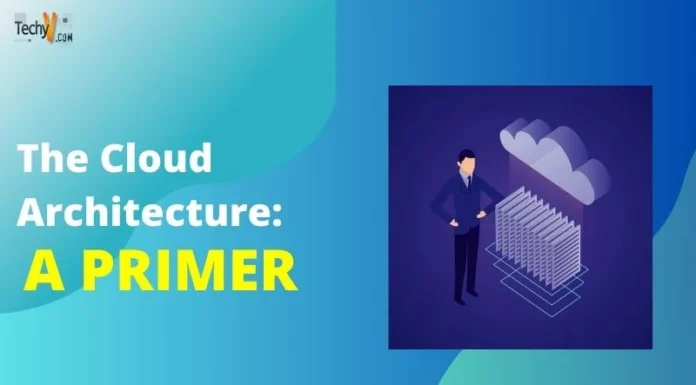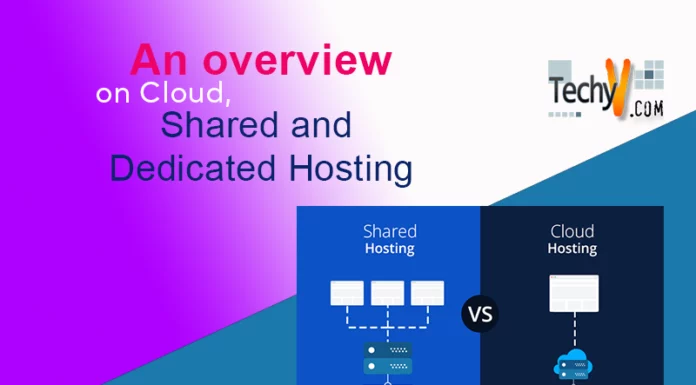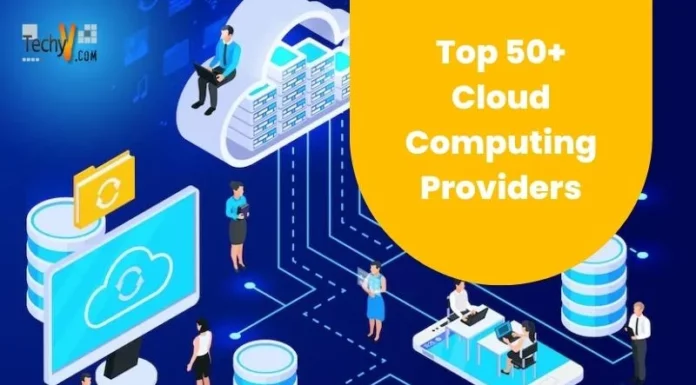Cloud computing also named as On-Demand computing is an internet basedcomputing which provides shared computer processing sources and data to computers and other devices on demand. A new technique called cloud computing functions on cloud apps. It is highly based on the concept of SOA (Service Oriented Architecture).
This technique helps in providing all of its sources as services along with using well established standards and best practises gained in the field of SOA so as to allow a wide range of accessing and global usage in a standardize way. But till now cloud computing has not been well developed.
The word cloud is basically used to denote an agglomeration of objects which appears as a cloud and are not yet clear and yet to be discovered.
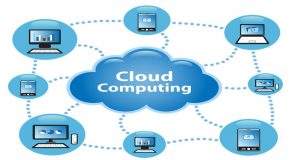
Now the question is why should we use Cloud computing?
We use Cloud computing as it has a lot of benefits which helps us in our business purpose when used. Some benefits of Cloud computing are:
- Cost Saving:-
It gives us a large benefit in IT cost savings. Using this we can save capital costs and application requirements. This cloud computing is affordable by both large and small business and is highly useful. The overhead technology costs are kept low allowing business to use the extra time and are also resourced for developing the company infrastructure.
- Reliability:-
Being so much reliable and consistent than IT infrastructure it is also a managed servicing platform. The organizations get a lot of benefit from it very easily. If any problem arises they can easily solve it out.
- Automatic software update:-
The suppliers of Cloud computing take responsibility of updating the software and security update also making you free and relaxed for putting all your efforts and hardworks on your business to grow. They keep these things out of your mind and off premise.
- Open:-
The internet services are open to all. We can use it at any corner of the world in any computer or phone without any interruption or problem.
- Speed:-
Many leading organisation use this for innovation of products and services.
- Disaster recovery:-
Generally businesses whether it is small or large results in disaster. Cloud based backup and solutions help in saving time and controlling these disasters. It also helps in avoiding large investments.
Some others advantages of cloud computing can be like:
- They require no hardware.
- They are easily accessible.
The main disadvantages of cloud computing are:
- Limited control
- Security problem
- Bandwidth issues
Now there are many types of cloud computing, those are:
Based on location:
- Private:-
Private clouds are the type which is owned by companies individually like automation,monitoring,flexibility etc. These can be of high cost. These are not for small scale business companies instead for large ones. These are maintained by security and keep assets within firewall.
- Public:-
It is basically the internet which is used by the service providers to make resources. Examples of public clouds are IBM’s Blue Cloud, Sun Cloud and Windows Azure Services Platform etc. The bandwidth cost, hardware etc. are seen by the provider so these are best economies of scale and are inexpensive. There are also some limitations as it can limit security and configuration and may not be fit for all organisations.
- Hybrid:-
Companies can get a control of their internally managed private cloud alongwith relying on public cloud. This is also very beneficial during blackouts hurricane warnings etc.
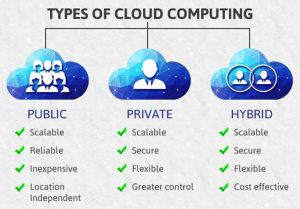
Based on services:-
- IaaS(Infrastructure-as-a-Service):-
This on behalf of its user is third-party host software, hardware and other components. It also hosts application like system maintenance, backup etc. Some other characteristics of IaaS include the automation of administrative task desktop virtualization and policy- based services. Customers of this cloud pay on a per-use basis by hour, week or months. Every user must check their IaaS properly to avoid charges for being an unauthorized user.
- PaaS(Platform-as-a-Service):-
This is a category of cloud which gives a platform allowing developers to createuser applications and services all over the internet. Platform allows users to create software applications using materials given by the providers by acting as a service. There is a support available and the applications and infrastructure are managed for the customers. With the existing features upgraded and also with the addition of extra features, services are constantly updated. These all are achieved in a proper mechanism. Unlike other clouds here the clients pay for the amount they use.
Some of the characteristics of PaaS are:-
- Operating system
- Server-side scripting environment
- Database management system
- Server Software
- Support
- Storage
- Network access
- Tools for design and development
- Hosting
- SaaS(Software-as-a-Service):-
SaaSbeing the fast growing market predicts ongoing double digit growth. Its rapid growth indicates that it will soon become common place within every organization so it is important that users of technology what SaaS is.
Some of the main characteristics of SaaS are:-
- Web access to commercial software
- Software is managed from a central location
- Software delivered in a “one to many” model
- Software upgrades and patches are not required to be handled by the
But SaaS also has some disadvantages. There is an unwanted change in the services offerings by the providers who experience service disruptions and hence the customers face security breach and other related issues. As a result users should understand it and make sure it is enforced.
